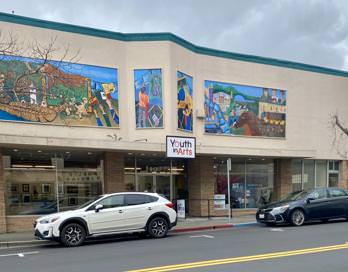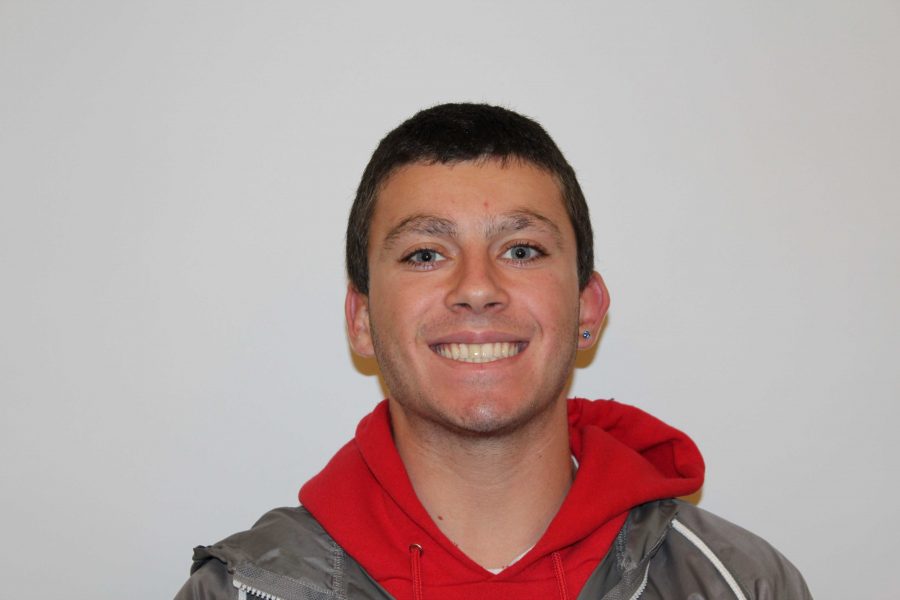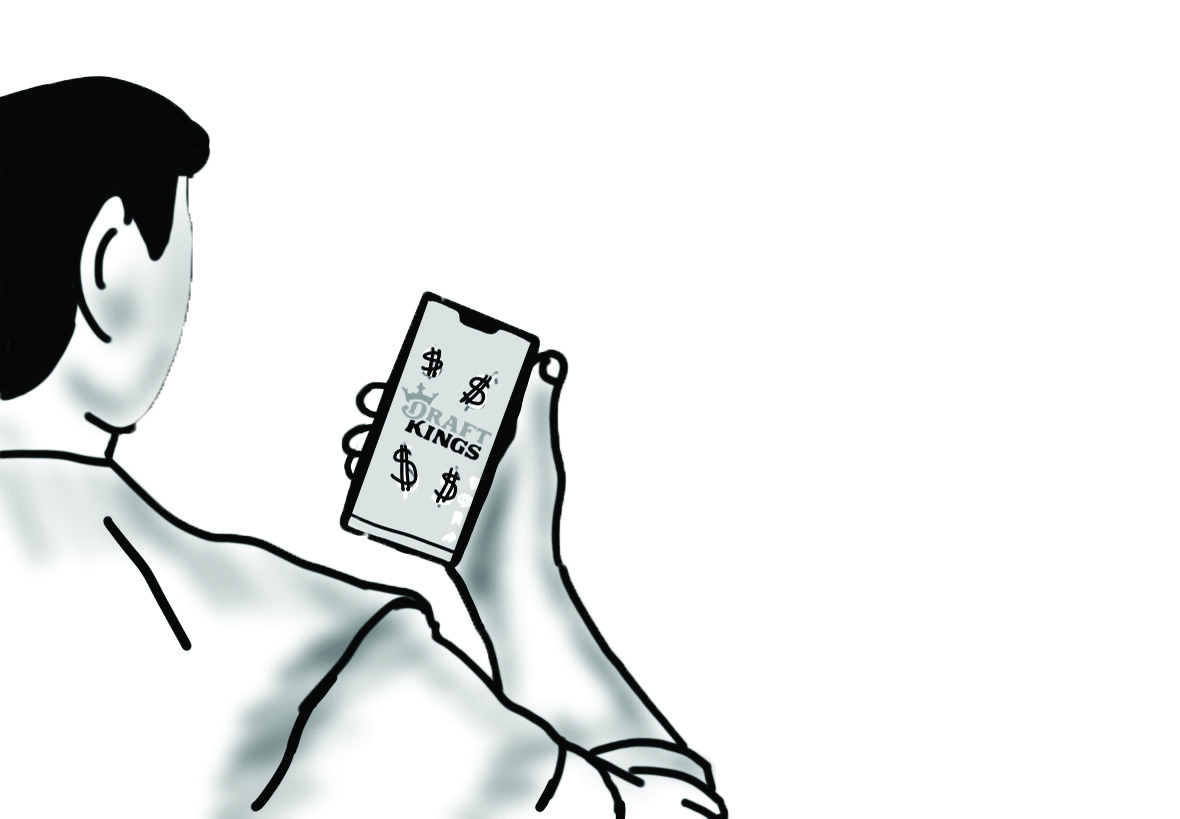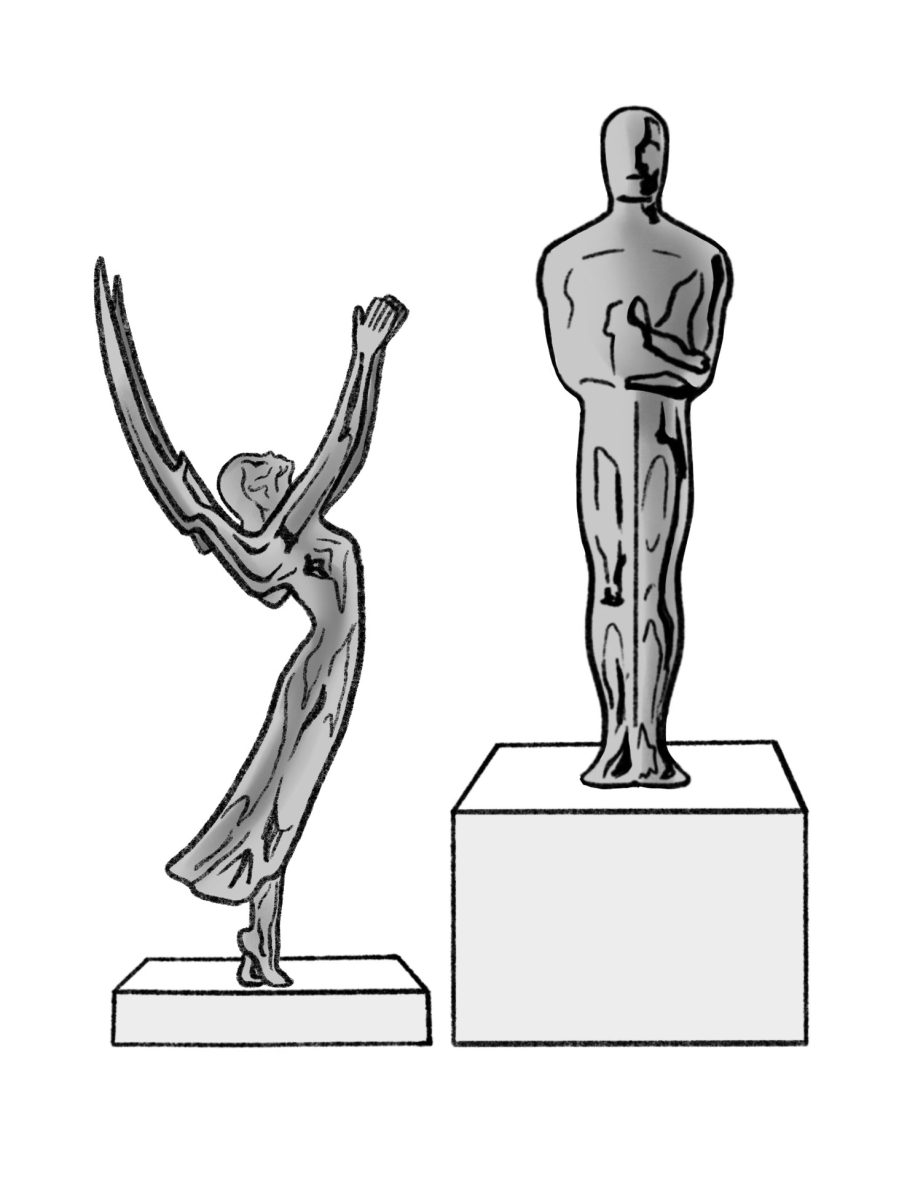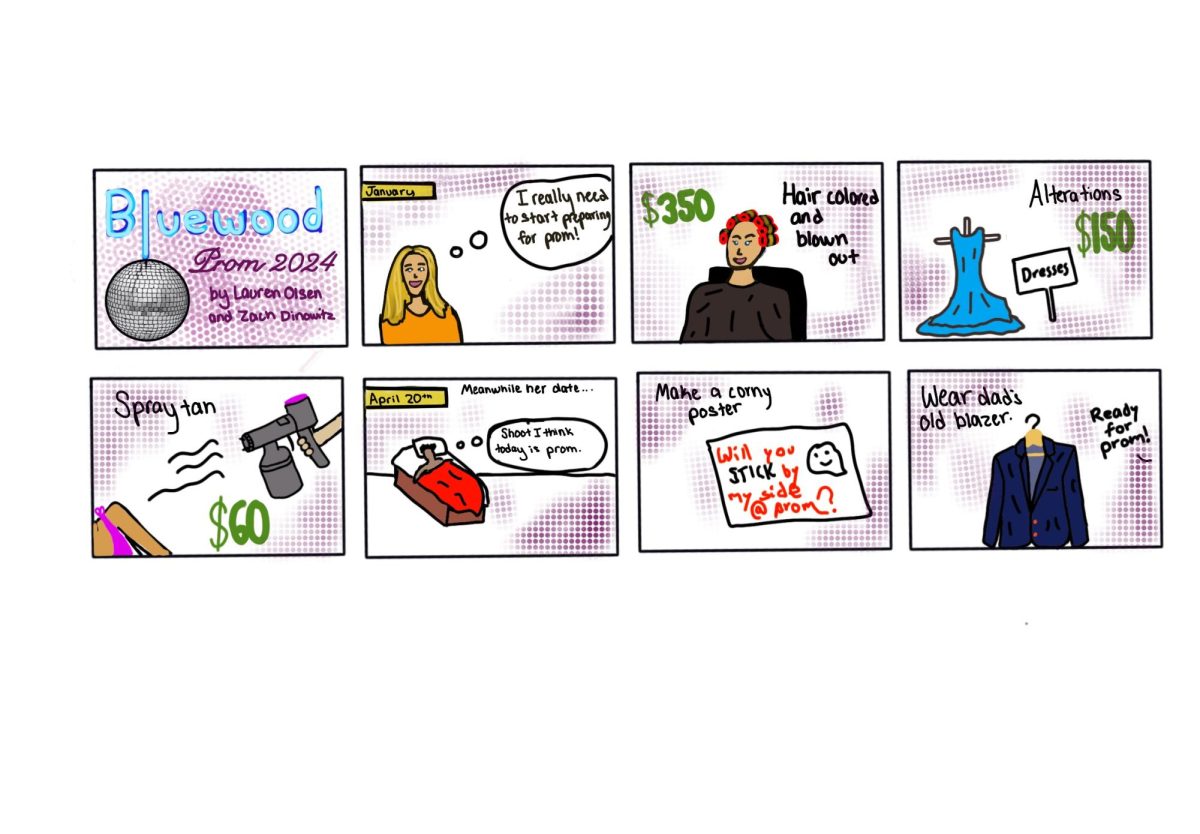There is a wide disparity in the average level of education between members of different races. The theory goes that by closing this gap, the uneven distribution of wealth among different races can be eliminated as well.
Affirmative action is one of the flagship policies instilled to bridge this gap. It is the development of law or policy to give preference or provide special opportunities to people from a disadvantaged group. In America, affirmative action is known best for its implementation in the higher education system where minority students are given preference over more “privileged” applicants.
In other words, a less qualified applicant, who may have lower grades, a less diverse résumé, or still-developing writing skills, may receive admission to a university that they otherwise would not have based on the color of their skin or the heritage of their family.
The argument is that these applicants are less qualified than their white counterparts because they were born into a situation beyond their control. That because of the color of their skin, these students are born into poorer communities with less educated parents and fewer educated role models.
Studies have shown that students from disadvantaged backgrounds are less likely to have their parents read to them from young ages or enroll them in programs before they enter formal education, according to the Reach Out and Read National Center. These disadvantages are out of minority students’ control, and it is the duty of society to provide systems so that they may achieve despite this all.
This is true, but affirmative action is a poor answer to a problem that begins 18 years prior. This system is putting less qualified students into competitive environments where they face lower chances of success than their peers. In the United States, black students graduate college at approximately two-thirds the rate of white students. This is because many are entering college without the preparation or support that their counterparts are, and issues and habits that have been instilled for the last 18 years, according to the U.S. Department of Education.
Instead of sending students to college who are not as prepared as their fellow applicants, energy and resources should be allocated to programs that decrease the education gap from birth. This way, instead of treating the symptoms caused by 18 years of falling behind, the problem can be nipped at the bud.
There is a nonprofit organization called the Harlem Children’s Zone that serves just this purpose. They provide programs for children of all ages and their families, supporting their development on all fronts. These students come from the highly disadvantaged city of Harlem, yet their test scores are rivaling those of their white counterparts. By the time the college application process comes around, these students will be able to gain acceptance to college by their own merit, and will likely perform better than those who got where they are due to affirmative action.
The maxim “give a man a fish and he will eat for a day, teach a man to fish and he will never go hungry” comes to mind when discussing affirmative action. While giving disadvantaged students the opportunity to study amongst the best and brightest will help some, giving them the opportunity to be equal from the start cannot be rivaled.

